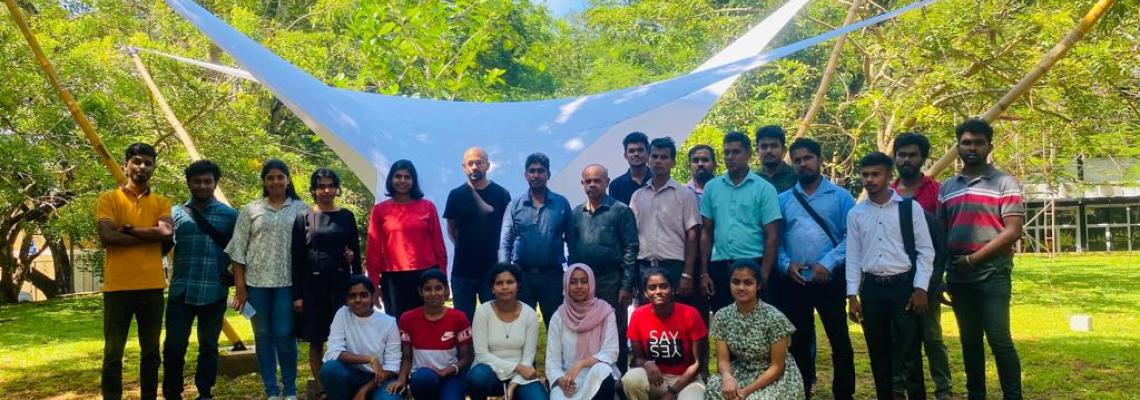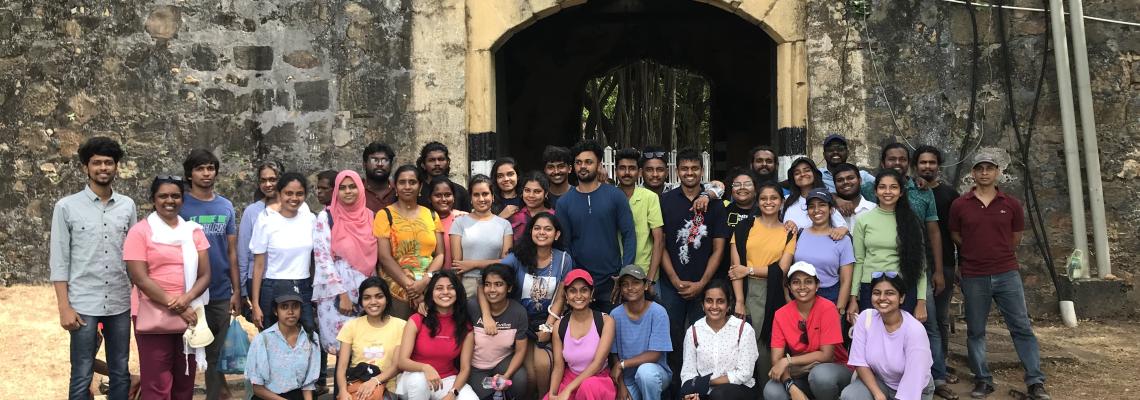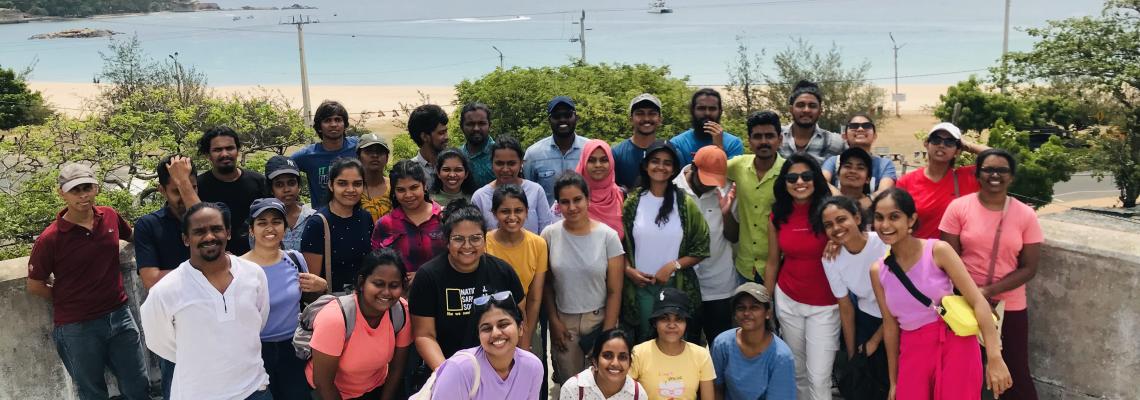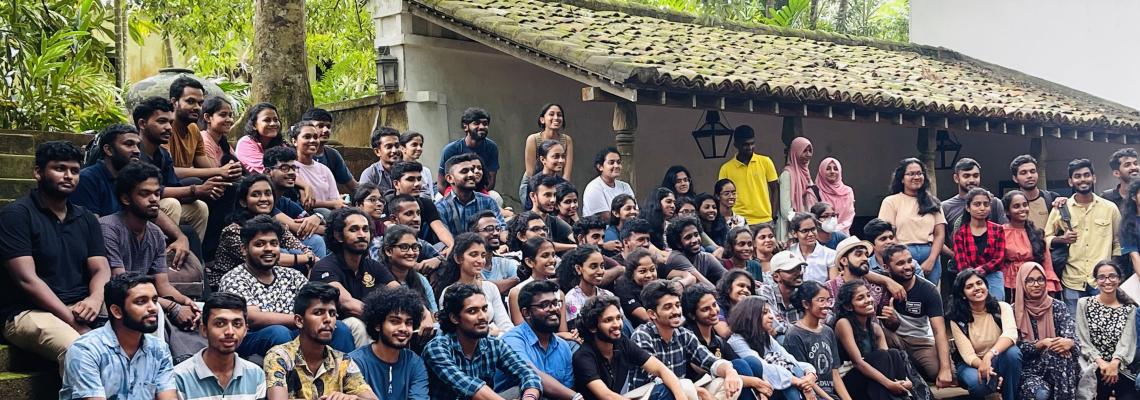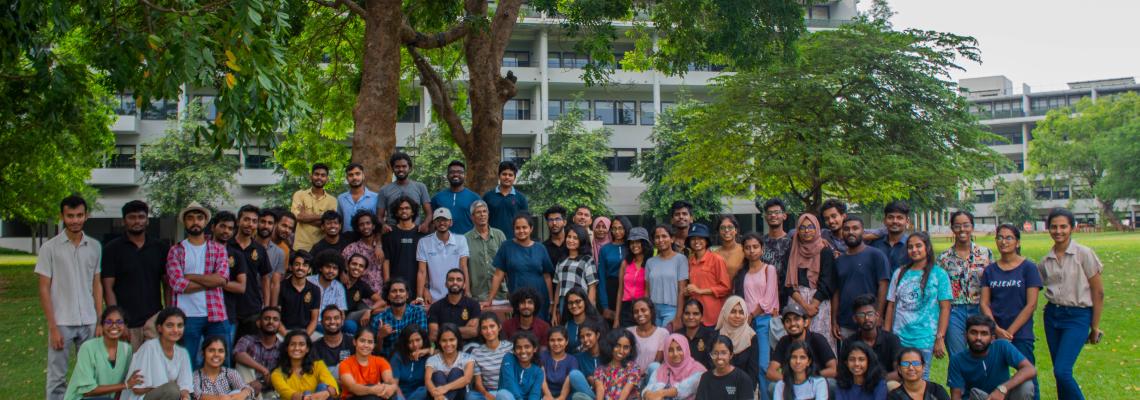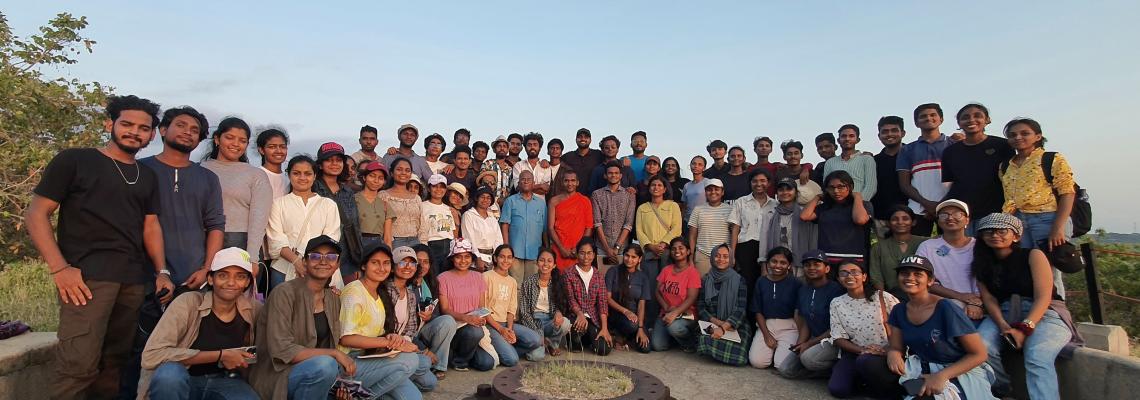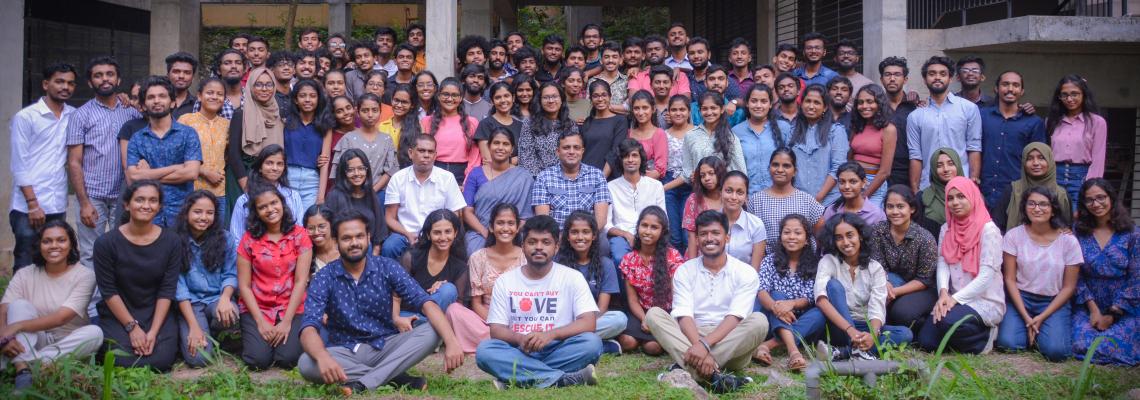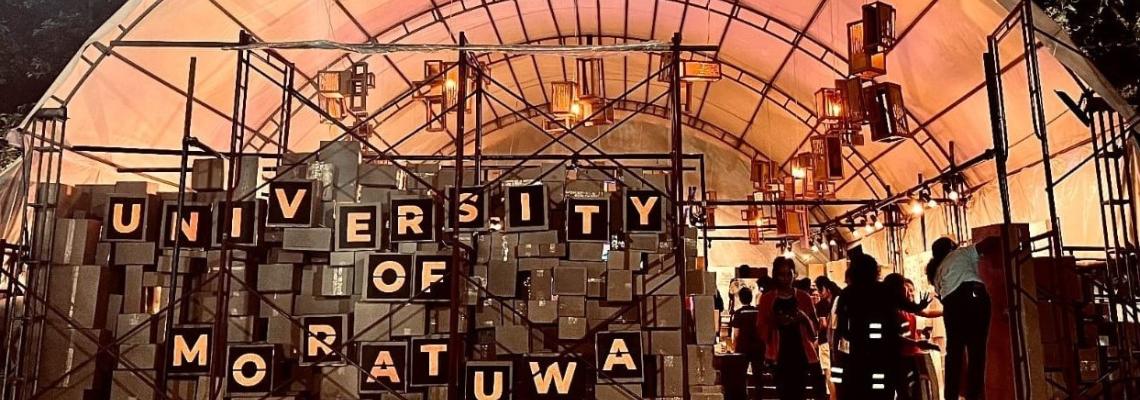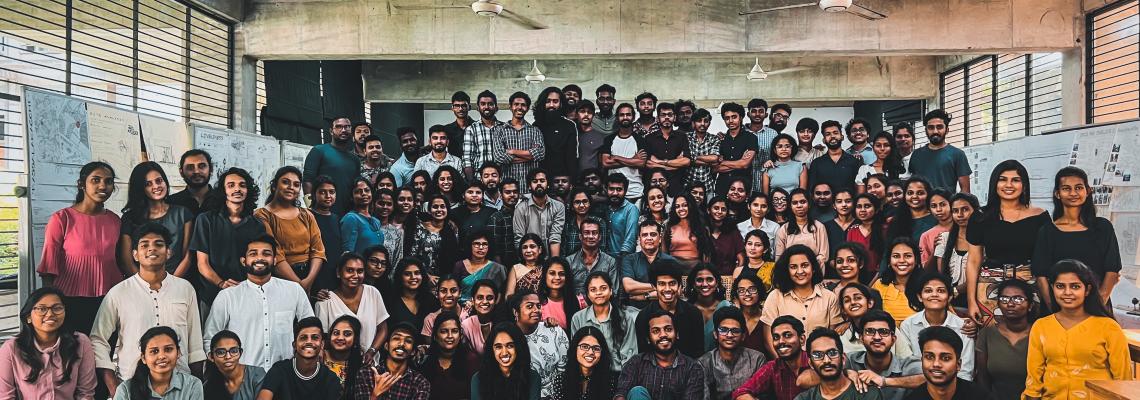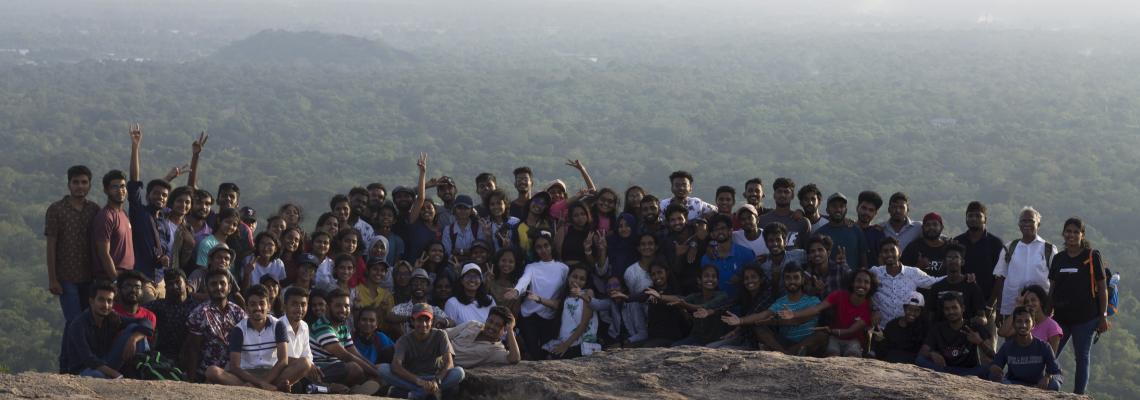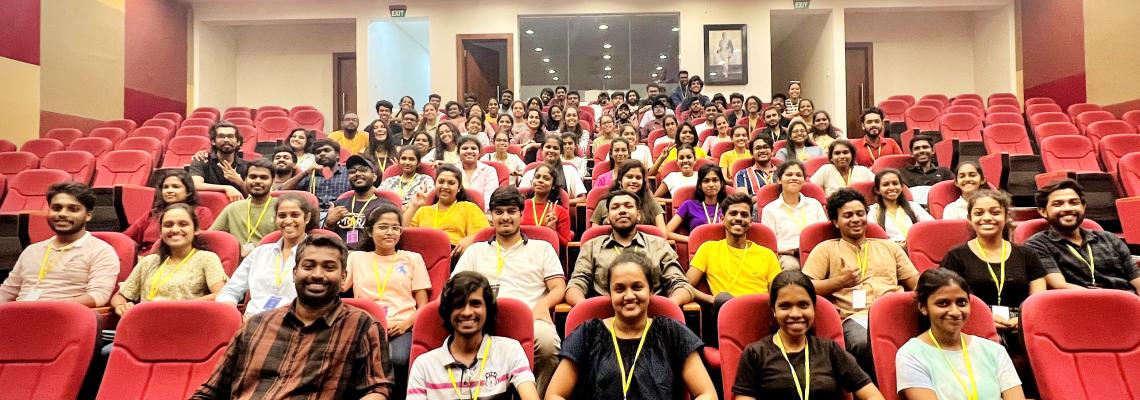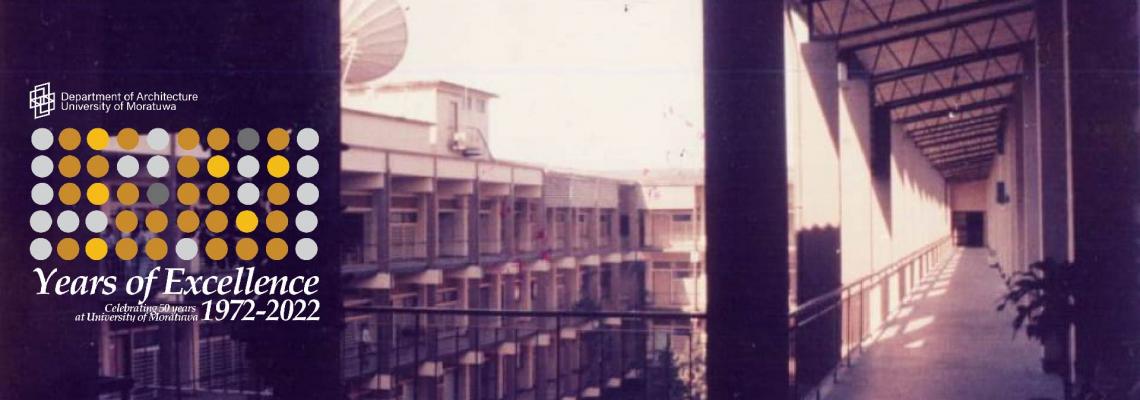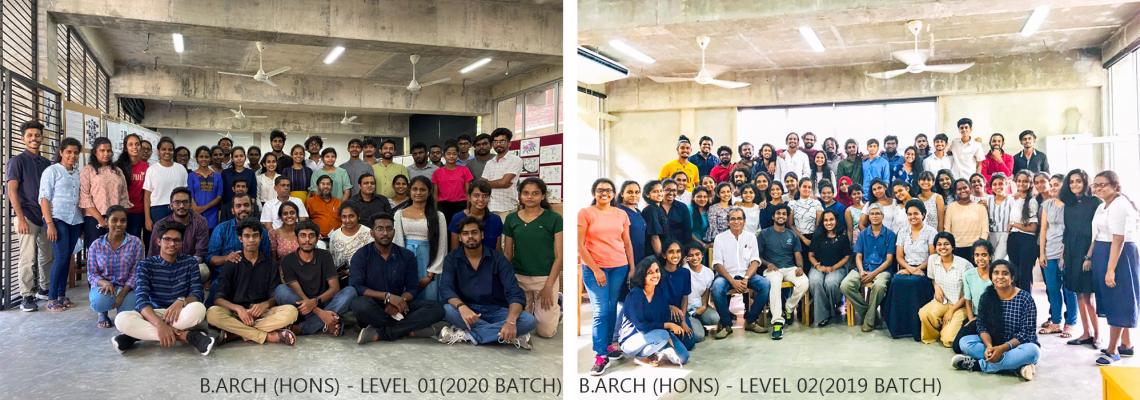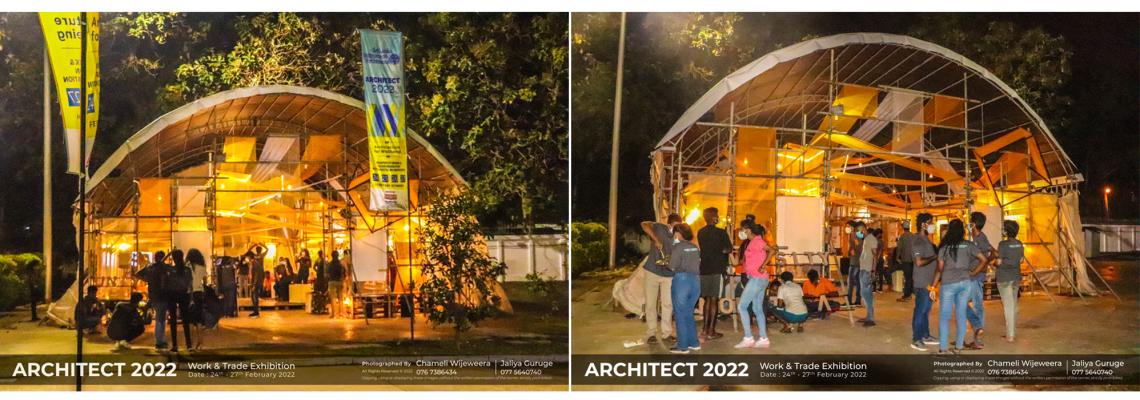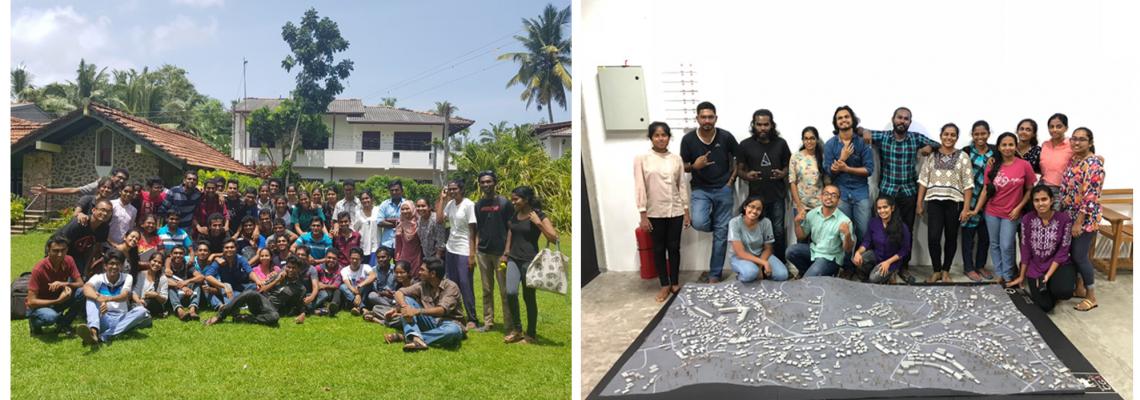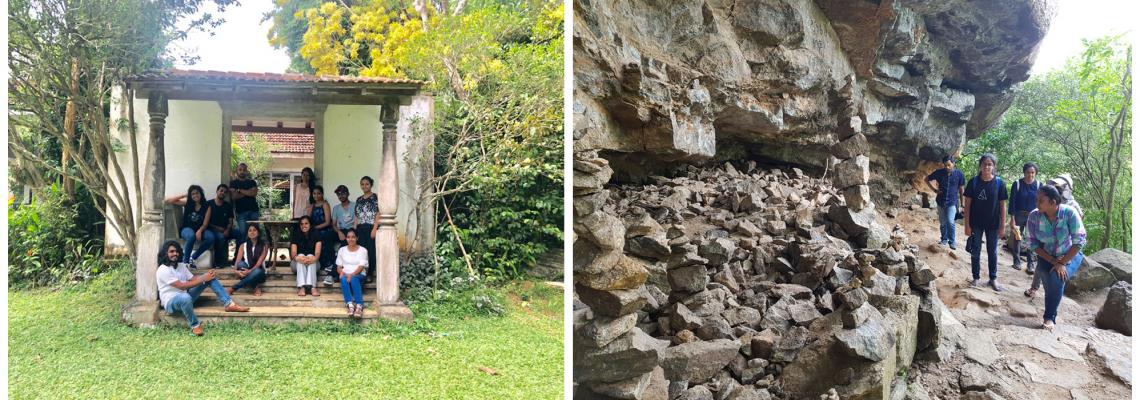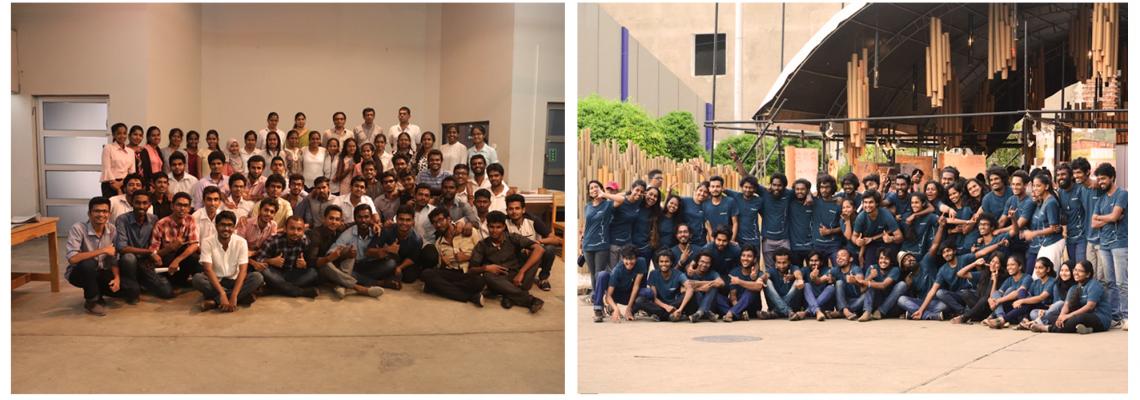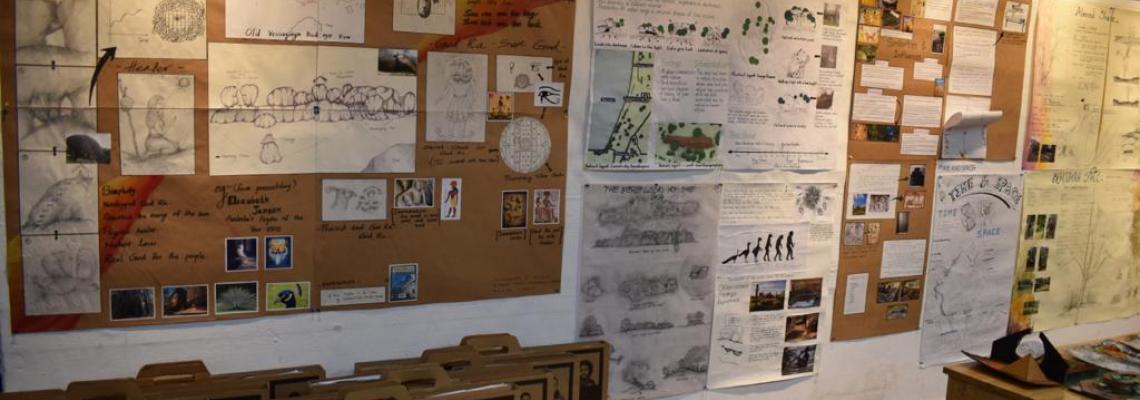Paying homage to the 61-year-old history of Architecture Education in Sri Lanka, we the Department of Architecture celebrate 50 years as a Department at the University of Moratuwa in 2022. Although architecture education commenced in Sri Lanka in 1961, it was established at the ‘Department of Architecture at the University of Moratuwa’ only 50 years ago, in 1972.
Architecture Education in Sri Lanka
The foundation for Architecture Education in Sri Lanka was laid in 1946 by the Public Works Department (PWD) of the Government of Ceylon, which took the initiative to establish a part-time short course for architectural apprentices. The course was proposed at that time to address the dearth of architects and planners to handle government and building construction projects. It was conducted by the Ceylon Technical College located in Maradana.
A few years from the commencement of the course, it was identified that the program was not yet sufficient to meet the professional training required by the government. Eventually, some apprentices left the course to pursue similar courses abroad. The course was continued for nearly two decades, elevating it to a technician level and a Certificate in Architecture was issued for successful students. Following the introduction of RIBA oriented courses, the course was discontinued as it was found obsolete (Ref; University of Moratuwa History 1972-1997).
Archt. Justin Samarasekera, then Chief Architect at the PWD, is celebrated as the founding member of the RIBA-recognized architecture course in Sri Lanka. It was his envisioning and the close relationships with Lord Llewelyn-Davies, Professor of Architecture of the Bartlett School of Architecture, University of London, who happened to have visited Sri Lanka in the 1960’s, that oriented the Architecture course towards the RIBA standards. The combination of this two personnel introduced a restructured 3-year Architecture course in Ceylon with a one-year full time training, making Ceylon students eligible to sit for RIBA intermediate examinations. The initiative proved advantageous for Sri Lankan participants (Ceylon at that time), as it allowed the students to study 4 years in Sri Lanka from the 7-year full-time Architecture course, which was practiced worldwide at the time. Graduates of this course migrated to gain their post-graduate qualifications.
Around the same time, the establishment of the school aroused the interest of professionals. Subsequently, the Ceylon University Commission established the Architecture course as part of the University of Ceylon, Colombo. However, due to a pre-established plan to relocate the University of Ceylon, Colombo to Peradeniya, the Architecture course instead commenced at the Institute of Practical Technology in Katubedda (IPT). Part-time staff was favored to keep the school in Colombo rather than in Peradeniya and since the Technical College Department had sponsored the initial works of this course, it was identified as a good fit.
The course officially commenced in 1961 with 20 students in the first batch, marking a milestone in architecture education in Sri Lanka. Mr. H.E. Gonsal took on the role of the first part-time Head of the Department and spearheaded work with the collaboration of a large number of visiting staff. In 1963, the position of part-time Head of Department of Architecture was transferred to Archt. Justin Samarasekera.
With outstanding growth, the need for a permanent Head of Department was identified in 1964 in order to further develop the School of Architecture. In 1965, Archt. K.R.S. Peiris was appointed to the role. IPT Katubedda was amalgamated with CCT (Ceylon College of Technology) in 1967. It was during this time that the initial RIBA Part 1 was introduced after RIBA Re-structuring.
After much deliberation, The RIBA Board of Education and Sri Lanka Institute of Architects arrived at a common agreement that the Architecture course required a university level of education. Following this, a memorandum by Archt. K.K.S. Peiris and Archt. Justin Samarasekera was received favorably by the Ceylon Education Committee in 1968. In the same year, the school recruited a parallel batch for RIBA Part 1 as the first batch to receive a B.Sc in Built Environment.
The first university Department of Architecture was created under Faculty of Natural Sciences, University of Ceylon, Colombo, with Prof. H.J. Billimoria as the first Professor of Architecture. Given the issue of space to facilitate the Architecture Department in University of Ceylon, Colombo, a residential building in No. 18, Ward Place (now the University Grants Commission building in the Ministry of Higher Education) was converted into lecture halls, theatres and a library to accommodate Architecture Education.
1972 – A Year to Remember
On the 15th of February 1972, Ceylon College of Technology (CCT) received University status and was established as Katubedda Campus of University of Ceylon. Later that year, the country's name changed from Ceylon to Sri Lanka, resulting in the campus being renamed as University of Sri Lanka, Katubedda Campus.
Since the CCT had one discipline of education during the transition from college to campus; to meet university requirements, the Department of Architecture, which was well established in Ward Place at the time, was shifted and joined with the new Katubedda Campus. The Department was physically shifted in April 1972 and was allocated the fourth floor north wing of the well-known Sumanadasa building. Students and staff at that time were affected by the change of venues and had to adjust to the new location.
Mr. L.H. Sumanadasa was the first president of the Katubedda Campus. Professor K.K.Y.W. Perera was appointed as the first Dean of the Faculty of Engineering and Architecture and Prof. H.J. Billimoria was appointed as the first Head of the Department of Architecture in the University of Sri Lanka, Katubedda Campus.
The one faculty of the campus included 11 departments.
Since then, the Department of Architecture has rendered a tremendous service and continues to produce graduates and post-graduates in multiple disciplines under the umbrella of Architecture.
From Undergraduate to Postgraduate
The Universities Act No 16 of 1978 converted the University of Sri Lanka, Katubedda Campus to the University of Moratuwa, Sri Lanka, which was established with three faculties; Faculty of Engineering, Faculty of Architecture and Town and Country Planning and Faculty of Physical and Applied Science. The Faculty of Architecture and Town and Country Planning had three Departments; Department of Architecture, Department of Town and Country Planning and the Department of Building Economics. Prof. K.R.S. Peiris, the most senior professor at the time, became the Dean of the Faculty.
The Department of Architecture, which only had a B.Sc. undergraduate degree at the time, anticipated establishing a post-graduate course in Architecture. This was initiated and proposed with committed hard work from Mr. K.R.S. Peiris as a senior lecturer to the Department and Dr. Charles Doidge as a Commonwealth consultant. In September 1972, Dr. Doidge assumed duties as the Director of Postgraduate Studies.
The M.Sc. Degree in Architecture, a two-year post-graduate course, was commenced with the participation of 7 students in 1973 and 5 students joined as the second batch in 1974. In 1975, 3 students graduated with M.Sc. in Architecture, the first to hold Sri Lankan post-graduate qualification in Architecture.
In the years later, Archt. Lakshman Alwis was appointed the Director of Postgraduate Studies in January 1977 after the return of Dr. Charles Doidge. Following the retirement of Prof. Billimoria in 1976, the Department was headed by Prof. K.R.S. Peiris. Over this period of time, the Department grew in numbers. Student numbers in B.Sc. Built Environment was increased from 25 to 40.
Development of Academic Programmes
Following Prof. K.R.S. Peiris, Prof. Lakshman Alwis was appointed as the Head of the Department of Architectural Education. While establishing the department at the University of Moratuwa as a department, Prof.Lakshman Silva also sought to expand post-graduate opportunities in different disciplines.
Prof. K.R.S. Peiris, a former Head of the Department and Dean of the Faculty of Architecture, was also on an ambitious task to commence post-graduate courses in the Department of Architecture. On a British Council-sponsored visit to the United Kingdom, he began to explore the possibilities for post-graduate education. Three post-graduate courses, namely Architectural Conservation of Monuments and Sites, Landscape Design and Urban Design, were proposed by him for the near future.
Extracted from Official webpage for 50 Year of Excellence at University of Moratuwa, Sri Lanka
Read more - http://archi-goldenjubilee.uom.lk/history.php

